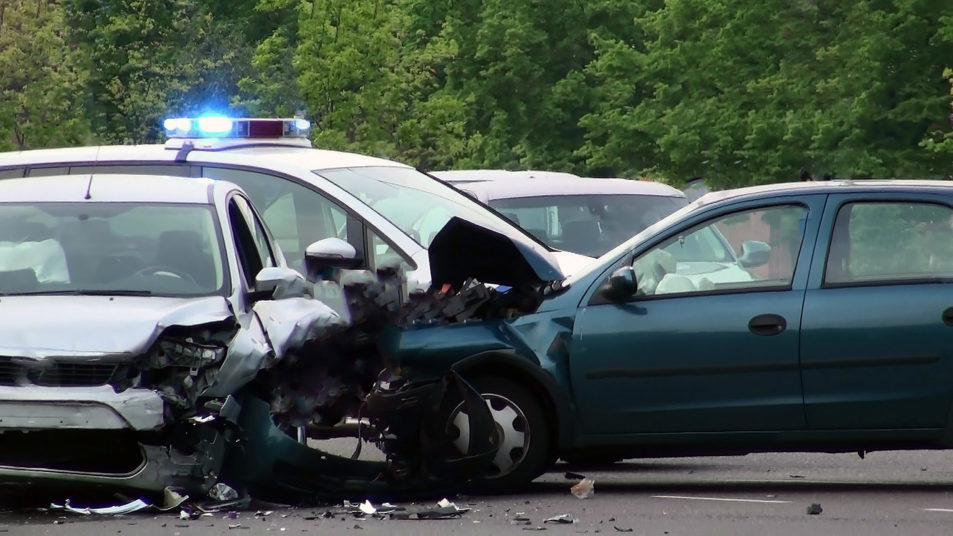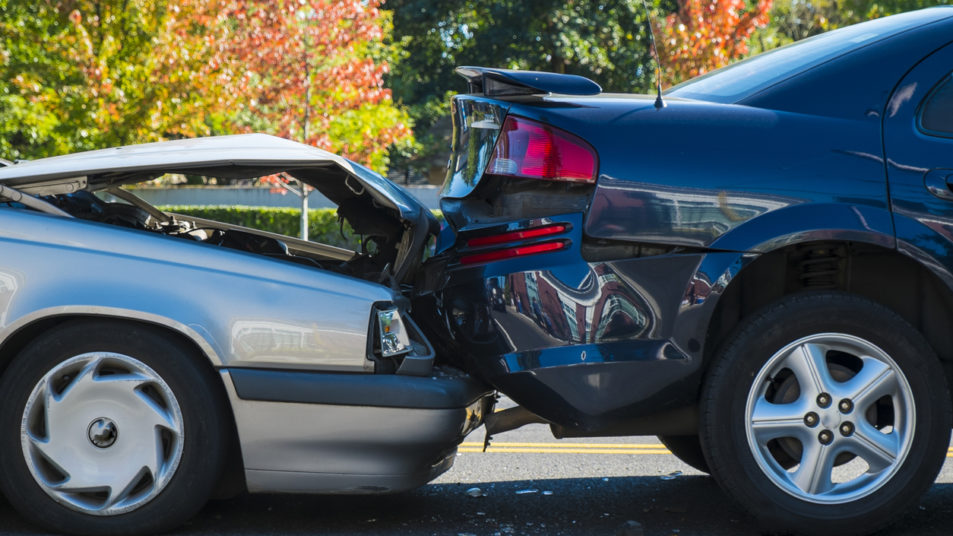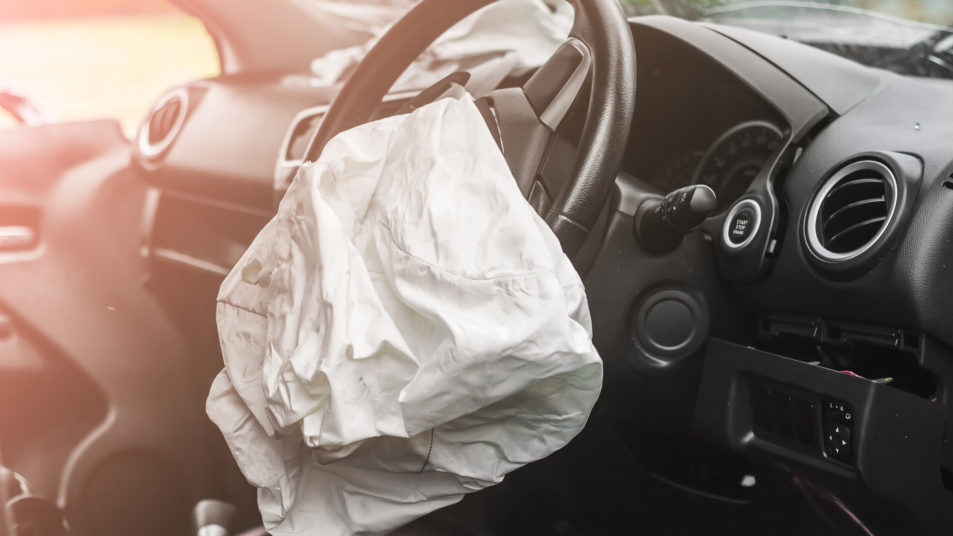Texas Car Accident Police Reports: Everything You Should Know
What are the first things you should do if you are involved in a car accident in Texas? Always make sure that there are no severe injuries in any of the vehicles. If there are, call 9-1-1 immediately. You should also move your car to the side of the road if the accident was only a minor fender bender. This helps keep traffic moving and makes sure another accident won’t happen.
Your next step should be to call the police so you can get a report of the accident. This should be done regardless of the severity of the accident.
Do I have to call the police?
Texas law requires that an accident must be reported to the police if it results in an injury, fatality, or damage to a car that makes it not safe to drive anymore. While you may be tempted to drive-off if there are no injuries or damage, this is not recommended. You should call the non-emergency police number and have an officer come and file a car accident report.
Can I just settle minor crashes with the other driver?
You can, but again, this is not recommended. Some injuries like concussions may not be fully observable until days after the accident. Your vehicle may have sustained more damage than you think it did. Getting an officer to write a police report will be a record of the accident and what happened. This is useful in the future if you find out damage or injuries were more severe than you first believed.
What happens if I flee the scene?
You are legally required to report any damage to property that costs more than $1,000. You will not be able to assess the exact amount of damage after an accident. To be safe, do not leave the scene of the crime – even with minor accidents. You will also get in trouble if you flee the scene of an accident that causes an injury or fatality. If you do flee severe accidents, you face 2 to 10 years in prison or a fine of up to $5,000.
What will an officer do at the scene of a car accident?
This depends on the severity of an accident. If there are severe injuries, the responding officers will help those people first. Next, the officer will interview the people in the wreck to find out what happened. This could be the drivers, passengers, and witnesses. They will also assess the scene and take notes of factors like weather, cell phone use, car conditions, or if someone was driving under the influence of a substance. The officer may also decide some fault of the accident and hand out driving citations.
What will be in the car accident report?
It is not typical for an officer to write the complete report at the scene of the accident. Generally, they take notes or a worksheet and then file the complete report once they go back to their station. They will use all of the information they collected at the scene and describe the facts and who they believe is at fault for the accident.
How do I get a copy of my police report?
The officer will more than likely hand you their card when they are done with their assessment of the accident. If they do not do this, ask them for their contact information. You can also make a public information request with your local police station for information relating to the accident, your report, and any charges you may be facing.
What happens if the police report says that you were at fault?
It can be hard to change the opinion of an officer. If you were found at fault for the accident, it would be in your best interest to hire a car accident lawyer. This is especially true if the other driver decides to sue you to recover compensation for their injuries or damage to their property. A lawyer can also help you defend any criminal charges you may be facing to either get a lesser sentence or fine.
What do I need to show my car insurance carrier?
Texas requires that all drivers have some form of insurance or they must prove that they have the financial means to cover damage in a potential accident. When you have any type of car accident, even a minor one, you should file a claim with your insurance. They may offer some payment for damage to your car, medical bills, or even lost wages. Most insurance companies will require that you have a police report to file a claim for compensation.


